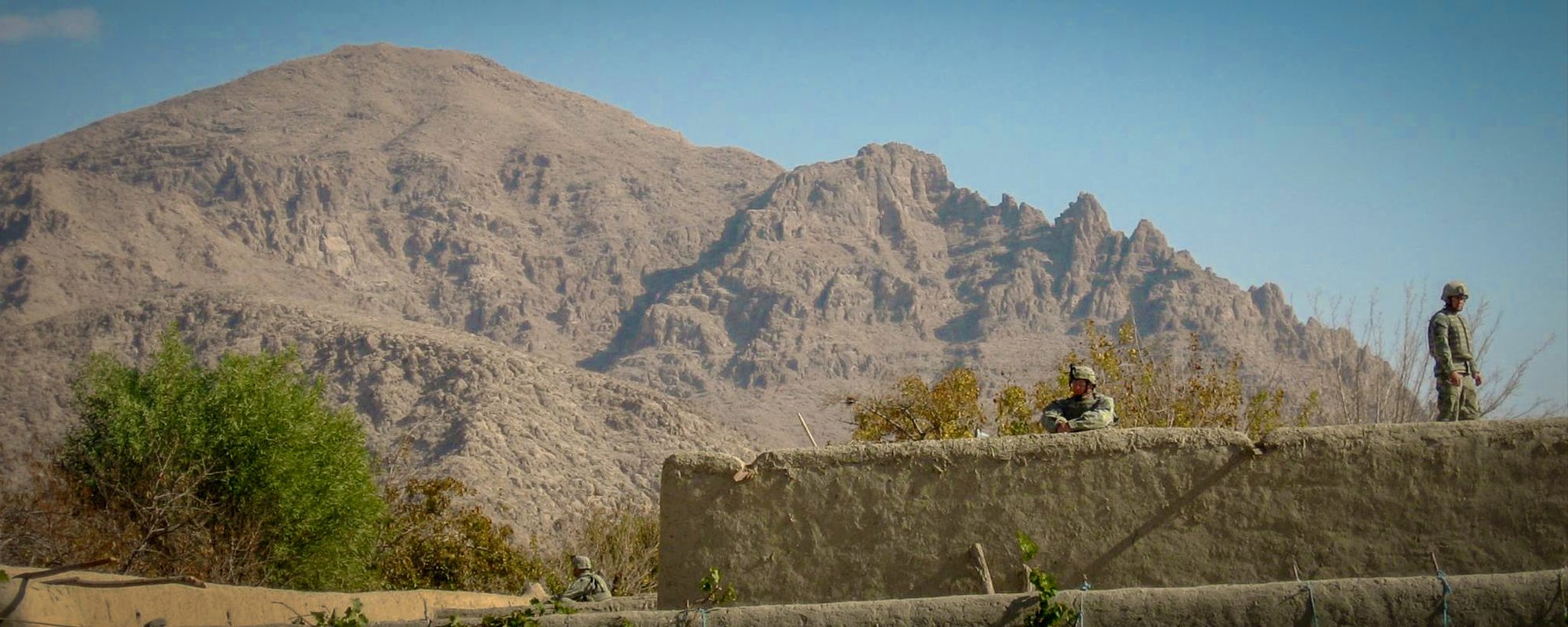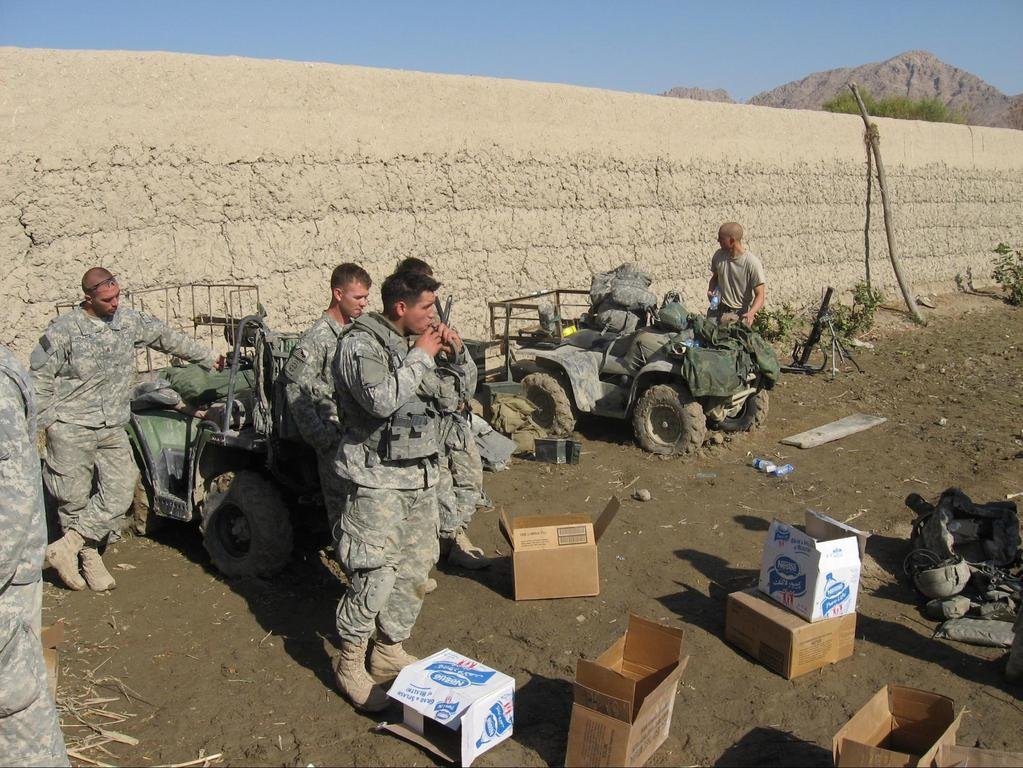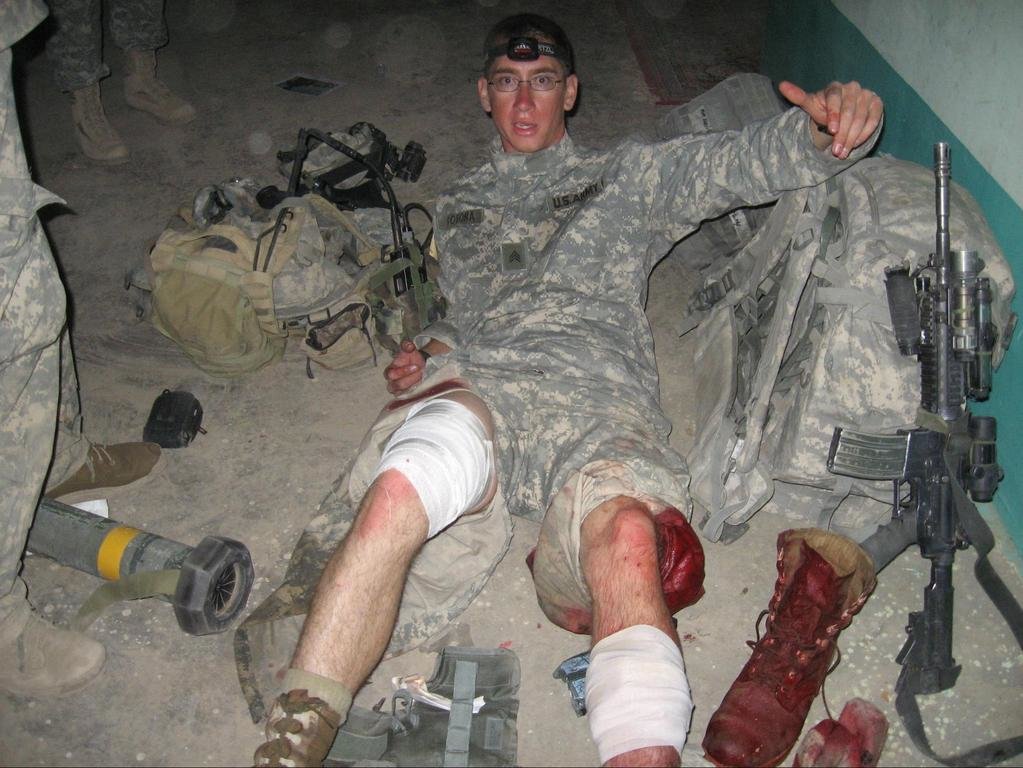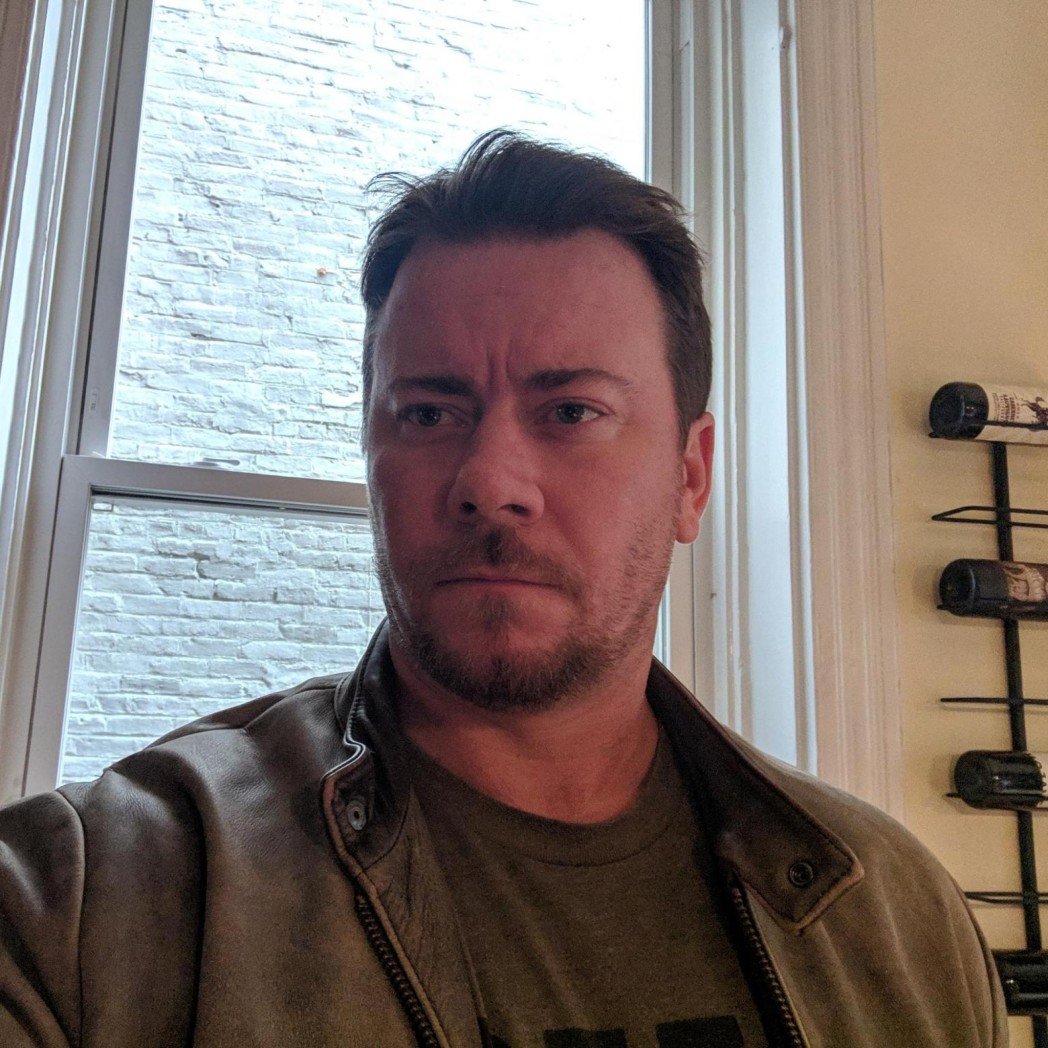
The pilots flew low, nap-of-the-earth style, running blackout and trying to do all they could to keep the big bird from being seen. Chinooks aren’t stealthy aircraft, and it didn’t help that we were flanked by Apache gunships on either side. We’d already been waved off our first landing zone (LZ) and were now traversing toward the backup: the snakepit in Musa Qala, Afghanistan.
Over the last couple of years, Musa Qala, known simply as The Muse [moos], had became a Taliban stronghold. Intel showed video of the Taliban driving Afghan National Army and Afghan Military Police trucks through the city square with the decapitated heads of American allies jutting from spikes in the bed of the truck. Paratroopers from the 82nd Airborne and a few members from US special operations forces, British forces, and the Afghan National Army were tasked with taking the city back.
The sudden sound of “plinking” outside the aircraft pulled me from my thoughts. It could only be one thing. I looked out of the porthole window and saw the tracers flying through the air toward our birds. The M60 machine guns on the Chinook roared to life, returning fire toward the enemy engaging us from the ground. The radio crackled to life in my ear, and the news came that we were being waved off the backup LZ and going to a third location. It was simply too hot to land, even with the firepower of the two Apaches protecting us.
The landing was hard and fast. We raced off the tail of the bird and into the cold night. We formed our security perimeter and waited while the Chinook helicopter ascended quickly back into the dark sky from which it came. We were on our own now.
As we approached our target objective, the sun rose above the horizon, the morning prayers blaring from a mosque in the city center. We knew from experience that we had to find cover quickly because the moment prayers stopped, the fighting would start. We seized a small compound at the edge of the village and breached our way inside, just as the Taliban began their attack.
It sounded like there were hundreds of fighters outside. Enemy fire rained down against the compound walls. We sent an assault team out of a back door and immediately heard shouts of “RPG!” The men came barreling back inside as an explosion rocked the southern wall of our compound. A molten piece of shrapnel carried the wall and landed between myself and fellow medic, Kevin Strohmeyer.
“I was impressed by how organized the enemy was,” Strohmeyer recalled. “They had concrete bunkers, deep fox holes, medical and ammo supply points, and they extracted their dead and wounded without leaving a trace.”
Minutes later, a cry for help echoed through the compound, “ATLS, man down, man down!” We grabbed our kit and followed a squad through the door where the RPG attack had just come from. The enemy’s fire was relentless; puffs of disturbed dust were kicked up on the wall to my left, only a foot away. The sound of rounds cracking as they passed by my head let me know just how close they were.
“The paratrooper was still holding his rifle in his other hand, pulling rear security. He may have been down, but he was definitely not out.”
Finally, we made it out of the shooting gallery to where another squad had secured the intersection. They directed us to the downed paratrooper. He had taken a round through his right bicep and had already lost a lot of blood. Fortunately, he was still conscious. I threw my aid bag on the ground and assessed the patient, finding an entrance wound dangerously close to where his brachial artery was located. The paratrooper was still holding his rifle in his other hand, pulling rear security. He may have been down, but he was definitely not out.
I immediately slid a tourniquet over his elbow and above the wound, then ratcheted it down. Next, I cut away his sleeve, pulled an Israeli dressing and a pack of Kerlix from a pouch on his plate carrier, and applied a pressure dressing to the site of the wound. I then started an IV in hopes of replacing some of his lost fluid.
The entire time I was treating him, I could see his eyes scanning behind me, looking for a threat to engage. “Doc, please don’t evac me,” he said. “Let me stay in the fight.”
Around the battalion, other troops were facing similar challenges. Vincent Corona had recently returned to the unit after graduating US Army Ranger School and was the point man for 2nd Platoon, Bravo Company. They had been pushed back to the fourth alternate LZ during their infil as well and were working their way toward our location in the city center. After the first day and a half, the men were finally able to meet up with the British and resupply.

Corona’s element received a 16-foot Air Force palette but couldn’t use most of it.
“We had to cut the water open and burn the remaining MREs,” Corona said. “I remember thinking what a huge, horrible waste it was to torch all that chow. I did rat fuck the hell out of a case of MREs and set myself up with a few days of chicken and noodle meals with shake mix, peanut butter M&M’s and cookies though.”
Unfortunately, he wouldn’t need any of that — Corona didn’t make it through the night in Musa Qala.
Later that night, 2nd Platoon moved from a compound they had procured and headed into the city. The enemy was dug in and waiting for them at a choke point just down the road. Corona was the first to spot the enemy combatants, so he opened fire. Having only squeezed off two rounds before his rifle jammed, he worked furiously to clear the weapon malfunction. Two hand grenades exploded approximately 10 feet from Corona and his SAW gunner, Evan Graham.

“Because I was closer to the explosions, the cone of the explosion and debris hit my lower half, and with Graham a few feet behind me to the left, the debris rose to head level,” Corona recalled. “Close counts in horseshoes and hand grenades, I can tell you that.”
The platoon then did what paratroopers do best and put down the enemy before tending to their fallen brothers. Indeed, superior firepower is the best battlefield medicine.
The grenades that exploded near Corona and Graham were leftover from World War II. Had they been a more modern version, the damage would likely have been much worse. Corona acknowledged that he made certain choices that resulted in him being in Musa Qala on that fateful day — and like many infantryman, he’s soberingly realistic about the odds of injury or death in combat.
“I always think that a boxer goes into the ring knowing he will get punched, and the risk of being wounded was something I knew could happen,” he said.
Regardless of choices made, Musa Qala was an all-out war zone for 72 hours. During that time, many men earned Purple Hearts, with over a dozen awarded to Alpha and Bravo company alone. The men who received one don’t boast about it, and they don’t see it as a badge of military merit as it was originally intended when first created by George Washington on Aug. 7, 1782. Rather, it’s a somber talisman of the sacrifice they and so many others have made for this nation. They’re proud but humbled to be part of an elite group of recipients, both living and deceased.

Dustin Lehmann is a combat veteran of both Iraq and Afghanistan. After his military service, he earned an undergraduate degree in American Literature and Economics and Juris Doctorate at the University of Cincinnati. He also deployed twice more as a private contractor. Dustin currently serves as the CEO of Risers Consulting and is the Founder of The Leadership Group (TLG). When Dustin isn’t working, he enjoys writing, spending time with his dogs, reading anything with a Marvel or DC stamp on it, and playing as much golf as possible.
BRCC and Bad Moon Print Press team up for an exclusive, limited-edition T-shirt design!
BRCC partners with Team Room Design for an exclusive T-shirt release!
Thirty Seconds Out has partnered with BRCC for an exclusive shirt design invoking the God of Winter.
Lucas O'Hara of Grizzly Forge has teamed up with BRCC for a badass, exclusive Shirt Club T-shirt design featuring his most popular knife and tiomahawk.
Coffee or Die sits down with one of the graphic designers behind Black Rifle Coffee's signature look and vibe.
Biden will award the Medal of Honor to a Vietnam War Army helicopter pilot who risked his life to save a reconnaissance team from almost certain death.
Ever wonder how much Jack Mandaville would f*ck sh*t up if he went back in time? The American Revolution didn't even see him coming.
A nearly 200-year-old West Point time capsule that at first appeared to yield little more than dust contains hidden treasure, the US Military Academy said.












